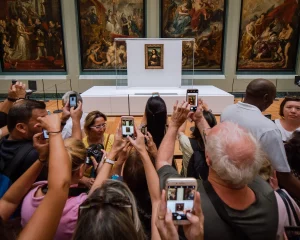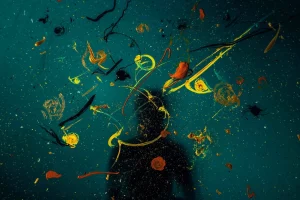Contrary to the posed photography which requires time or a preliminary setting, the photography which captures the moment “on the fly” is a process which is always expressed in the immediacy. It is the one that captures a situation in a fragment of time, a truth of the appearance. And its uniqueness and authenticity will always be intrinsically linked to it, despite the fact that it can later be retouched, reframed through the game of applications present in today’s digital publishing.
Catching instants “on the fly”
This is also a term that best expresses the capture of this singular time.
To seize that which will not be reproduced any more, a kind of testimony “out of time,” a furtive imprint, the “decisive moment” of Cartier Bresson.
The most important thing is to really “harpoon” this moment, and for the amateur, it doesn’t matter what the photographic quality is: sharpness, framing, exposure or quality of the vanishing point; only the capture of a key element counts and becomes the striking affirmation of a point of view—their own.
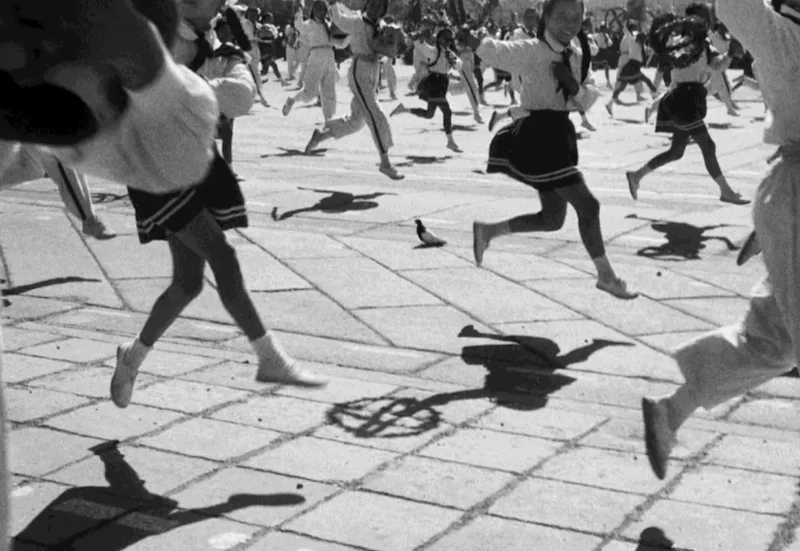
A photo = a point of view?
The appreciation of the uniqueness and originality of the photograph is reinforced by
the fact that it comes from a look, that of a single person. An intimate transposition of a portrait, a landscape or a scene, just like the art students with their easels lined up, sketching their own unique approach to the same model.
At the end of the posing session: as many different drawings as distinct perspectives. The idea of an original and non-replicable photo is thus making its way.

The inherently personal intention of a shot?
If professional photographers have precise imperatives and consider the camera as a working tool, one can ask the question for amateurs. What motivates the capture of images, to carry with us a sometimes very heavy piece of equipment to photograph a children’s tea party, the ascent of a summit between friends or our spouse sitting in a tea house at the other end of the world?
What do these pictures tell us about ourselves?
Garry Winogrand (1928-1984), an experimental photographer, evoked his own look with a sense of humor when he said: “This is what the world looks like when photographed.”
Don’t we also have a desire to “freeze,” to inscribe ourselves at all costs in the society in which we work, and to display it in order to prove to others that we fully participate in the process?
Our photos suddenly become irrefutable testimonies—and may even become milestones that will allow us to tell and transmit our own personal story.
Photography: an emotional dimension of our lives?
Let’s notice that the photos taken in the friendly and family spheres are very often the guarantee of joyful moments, reunions or exploits.
The image offers us a real rereading of our past and present life, of our outstanding moments. It inevitably tints our vision, and even our memories themselves. A truly transitional object, the image also allows us to immediately reconnect with the emotion, then impregnated in the photographed moment.
A vector of feelings, photography carries these ingredients–invisible to the naked eye–in its DNA..
Photography, a true Ariadne's thread
It is the sum of all these “points of view” that will, in the end, relate, trace and build the fabric of our life. The one we evoke, the one we transmit.
These images will constitute the thread between generations, between ancestors and descendants. Whether they are thrown loose in a shoebox, carefully labeled in albums or stored on our hard drives, photography holds a formidable and even essential place in each family for the understanding of an era and the destinies crossed.
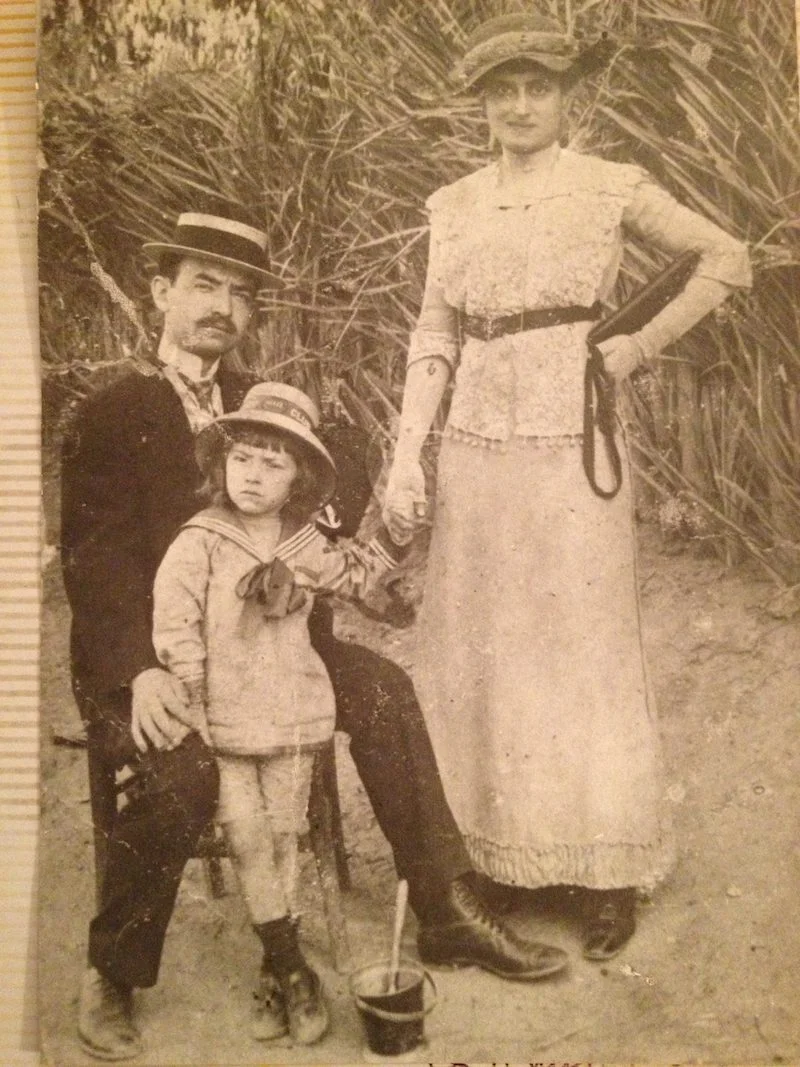
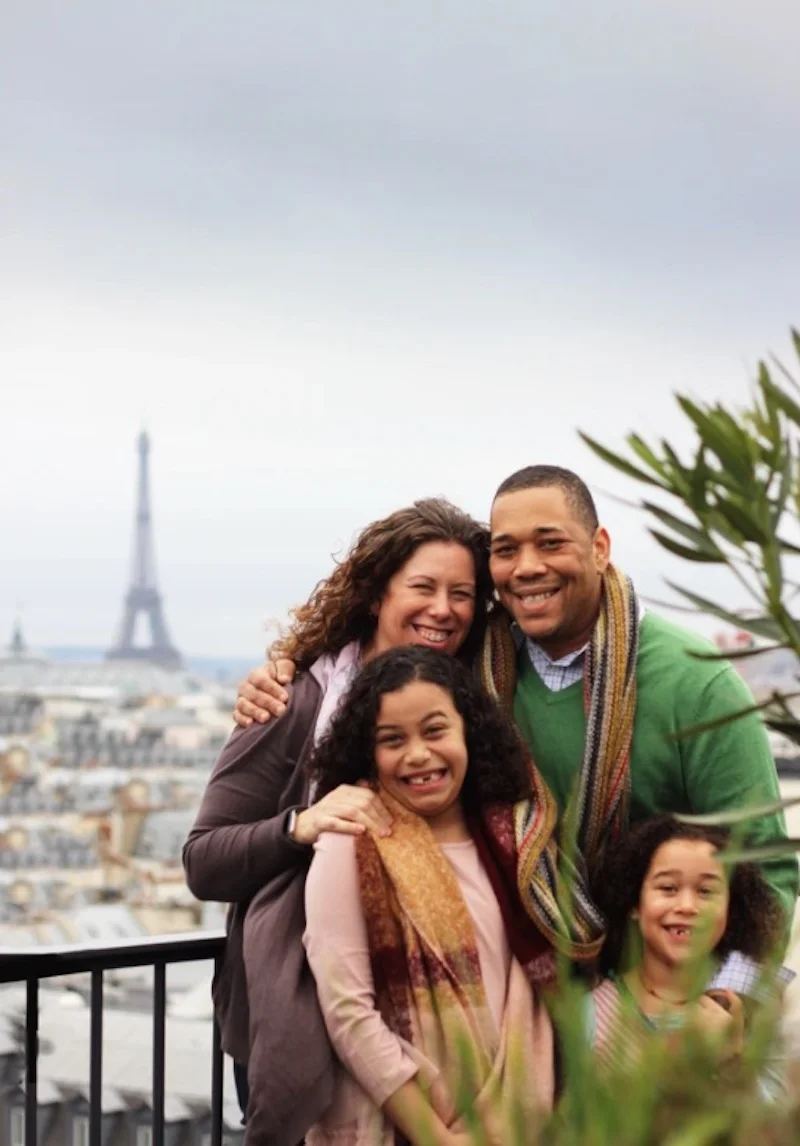
Satellite declinations
The image materializes happiness and provokes sharing. The tools of photographic editing today allow the photo to travel both in time and in quality: with the possibility of “refreshing” the original photo, of recoloring it, of reframing it, of offering it greater sharpness thanks to dedicated software.
This moment of grace captured on the fly at the origin, this unique photographic “matrix” can be altered at will and according to the dreams of each. And even if the image is manipulated, modified in its format, exported in another file or compressed, it will always come from this unique “essential and piercing glance” that Cartier Bresson evokes, the “source” in a way, of all these variations, to which it will always be possible to return at any time.
Symbolism of the instant
Photography has this amazing power to freeze a fraction of a second for eternity. What the eye could not see, photography gives us the power to witness. Very intimate introspection of a scene. Out of time, which sometimes allows a fascinating deciphering of what is invisible to the naked eye. A mystery that does not always offer a resolution, like Antonin Artaud’s unfathomable, intense look that still bemuses us today. The image can enlighten or cause us to reflect.
"In my opinion, you cannot say that you have seen something if you have not taken a photograph."
Émile Zola
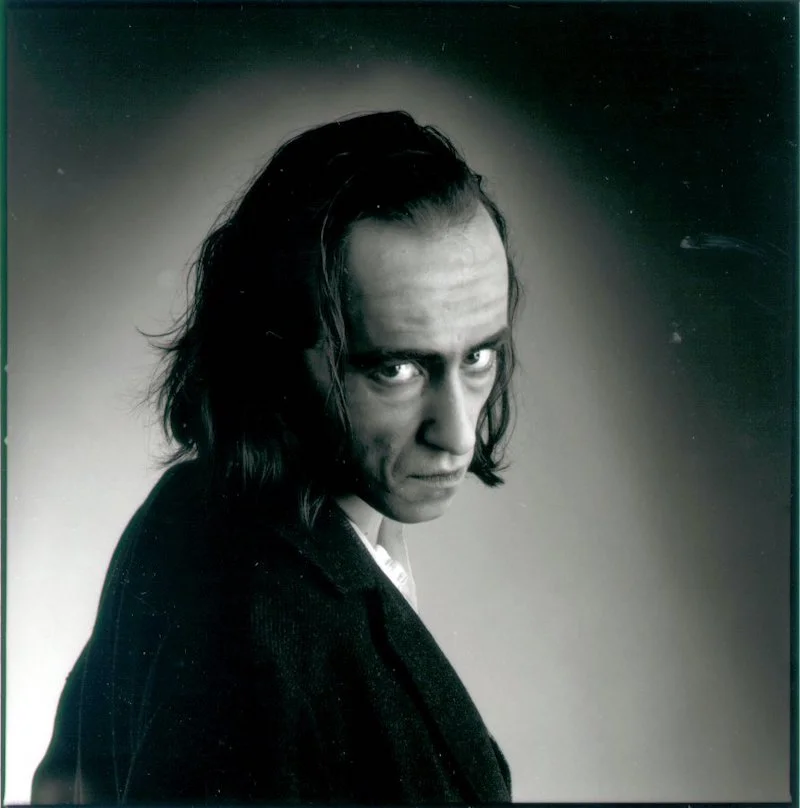
The "I was there" photo
“One can only do things well by oneself, one can only see things well when one photographs them oneself.”
Contrary to the reproductions proposed in the trade, your photograph has exactly the desired framing and is intended to underline a key moment of your life as you see it. It seems, therefore, that renouncing the purchase of a postcard in a tourist place and opting for your own interpretation, even though imperfect, is always more valuable in our eyes because it testifies of our presence.
One could evoke a strategy of adjusting oneself to the world and not the other way around: photographing the Leaning Tower of Pisa with one’s partner in the foreground or taking a family selfie at the foot of the Egyptian pyramids makes these exceptional monuments, known the world over, more “human,” less “external” and more accessible. They are present in the photograph, but not in a major way. Through our eyes, these mythical places invite themselves into our lives, and not the other way around.
The “I was there” testifies, once again, of its capital importance when this image will be shared, sent and then described to the following generations with all its cohort of feelings mentioned above.
To the aesthetics of a photograph, one sometimes prefers a clumsy photo over a perfect one.. the one that restores a personal, intimate time, and which shapes our future memories of that particular moment.
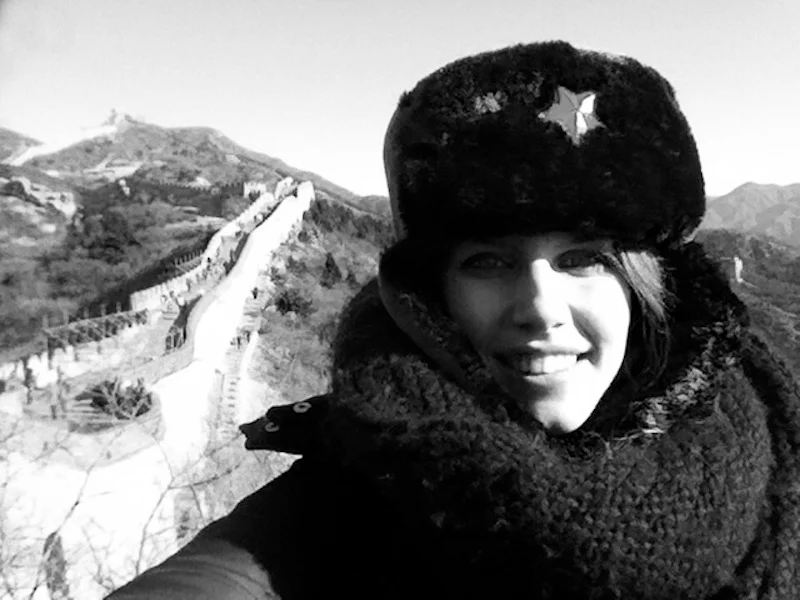
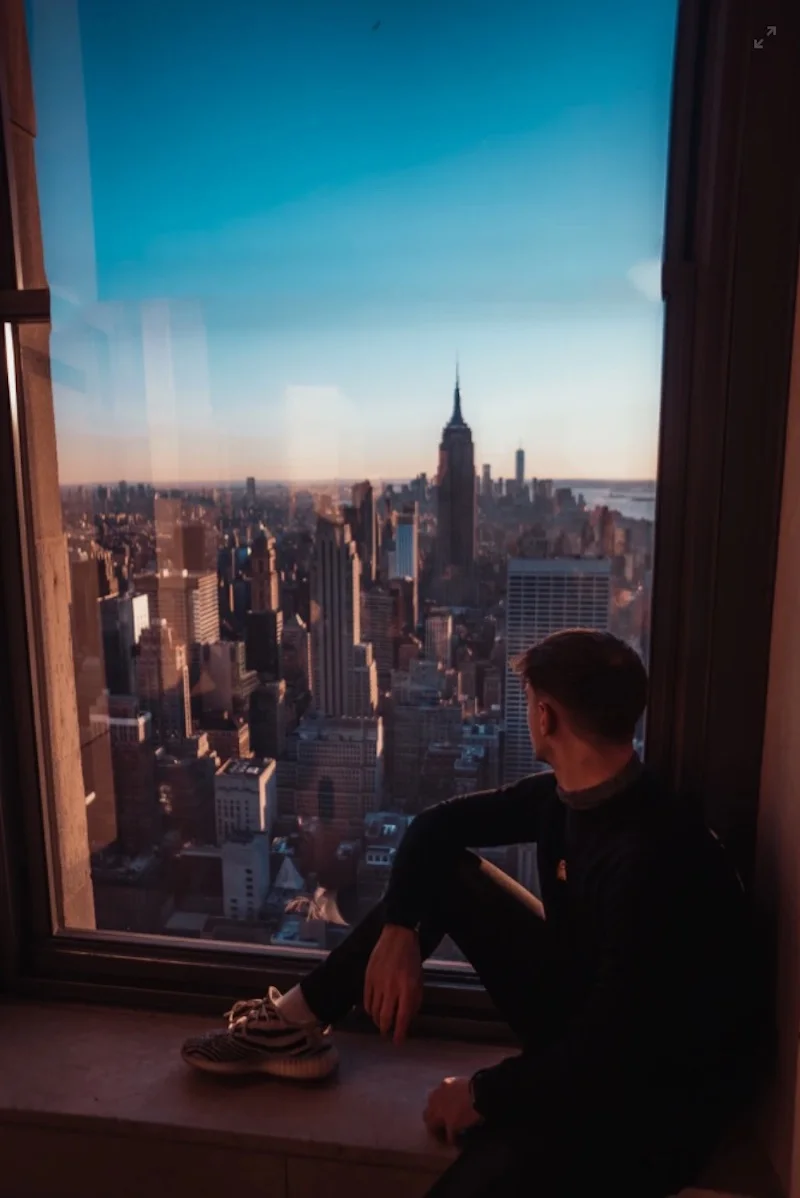
The digital photo, instant revelation of our memory
The tools offered by digital photography today serve our reflection. The exceptional amount of photo storage in an iPhone, tablet or computer allows us, in only a few clicks, to go back in time. Day…month…year… everything unfolds before our eyes and revives our memory with forgotten details. This time travel at your fingertips is simply breathtaking, because this super digital memory completes, rectifies and revives our own in an infallible way. The photographic moments throughout our lives are like small white pebbles on the road. They constitute our virtual data bank of our life.
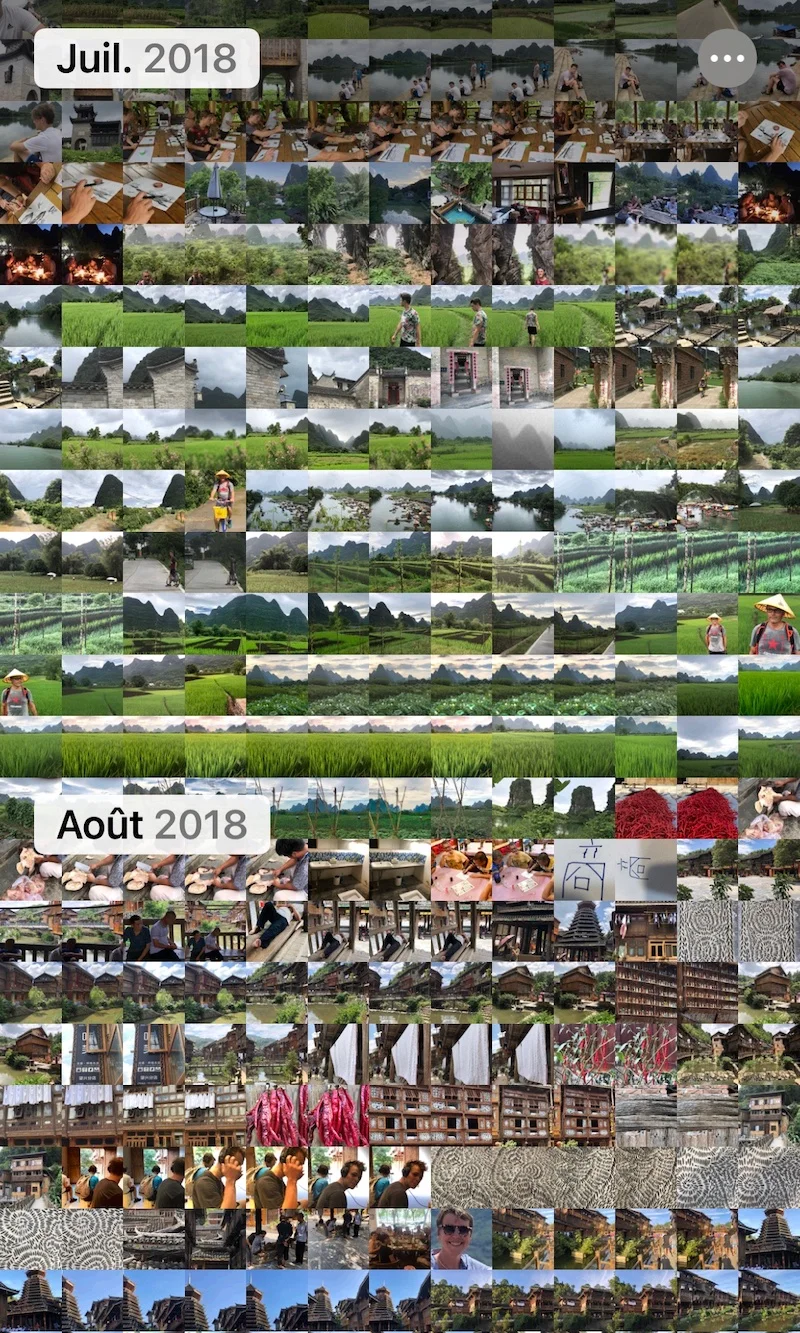
Photos Credits: Loli Galina, Joris Delacour, Laura Ockel, Cartier Bresson.





